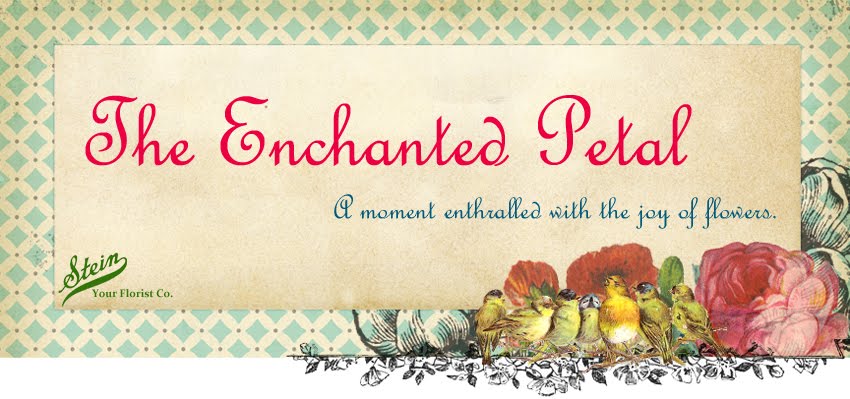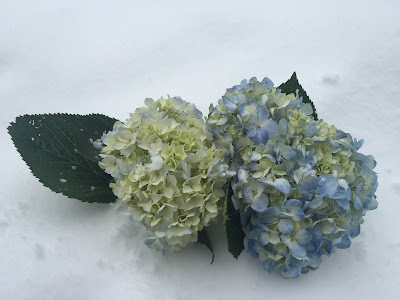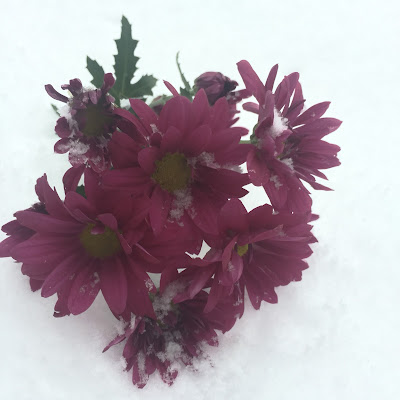As
part of our 125th Anniversary celebration at Stein Your Florist Co.
we are sharing a year of floral education, November 1, 2012 thru October 31,
2013. Each day we will post something new on our Facebook page to share
our knowledge of our favorite things, flowers and plants and we'll be updating
our blog every 5 days or so. No need for pencils and notebooks, just sharing
some simple lessons in floristry.
 Day 221 -
Chamelaucium, also known as waxflower, is a genus of shrubs endemic to south
western Western Australia. They belong to the myrtle family Myrtaceae and have
flowers similar to those of the tea-trees. The genus was first defined by
French botanist René Louiche Desfontaines in 1819. The derivation of the name
is unclear. They are commonly known as waxplants, or wax flowers from the waxy
feel of the petals.
Day 221 -
Chamelaucium, also known as waxflower, is a genus of shrubs endemic to south
western Western Australia. They belong to the myrtle family Myrtaceae and have
flowers similar to those of the tea-trees. The genus was first defined by
French botanist René Louiche Desfontaines in 1819. The derivation of the name
is unclear. They are commonly known as waxplants, or wax flowers from the waxy
feel of the petals.
Day 222 – The
wildly popular “Green Trick” dianthus, a relative of carnations and Sweet
William, is imported to the US from Holland, Israel, Ecuador and Colombia.
Day 223 -
Plant pharmacological studies have suggested that Calendula extracts have
anti-viral, anti-genotoxic, and anti-inflammatory properties in vitro. In
herbalism, Calendula in suspension or in tincture is used topically for acne,
reducing inflammation, controlling bleeding, and soothing irritated tissue.
Pretty and practical!

Day 224 -
Hydrangeas are fascinating in that, unlike most other plants, the color of
their flowers can change dramatically. The people who have the most control
over the color of their hydrangeas are those who grow them in containers. It is
much easier to control or alter the pH of the soil in a container than it is in
the ground. On the other hand, hydrangeas often change color on their own when
they are planted or transplanted. They are adjusting to the new environment. It
is not unusual to see several different colors on one shrub the next year after
planting. It is much easier to change a hydrangea from pink to blue than it is
from blue to pink. Changing a hydrangea from pink to blue entails adding
aluminum to the soil. Changing from blue to pink means subtracting aluminum
from the soil or taking it out of reach of the hydrangea.
 Day 225 -
Your liatris and other cut flowers will stay fresh longer if you add a copper
penny and a cube of sugar to the vase water. The copper in pennies is thought to
act like an acidifier, which prevents the growth of bacteria.
Day 225 -
Your liatris and other cut flowers will stay fresh longer if you add a copper
penny and a cube of sugar to the vase water. The copper in pennies is thought to
act like an acidifier, which prevents the growth of bacteria.
































